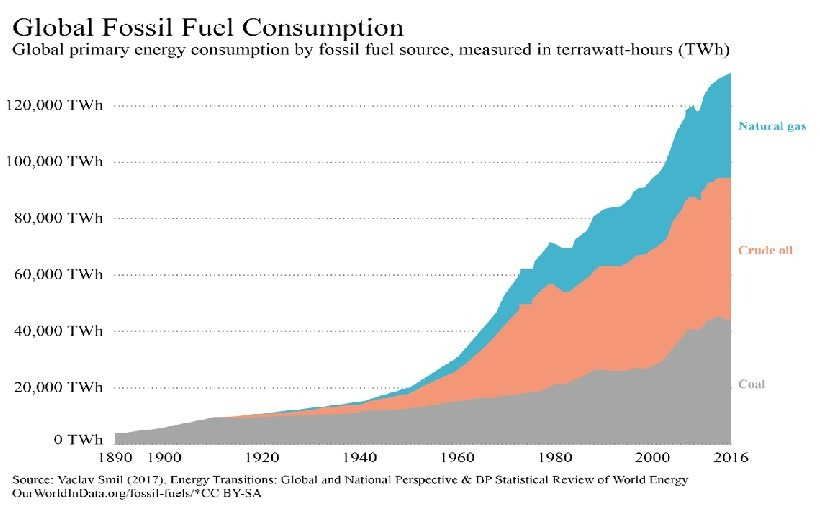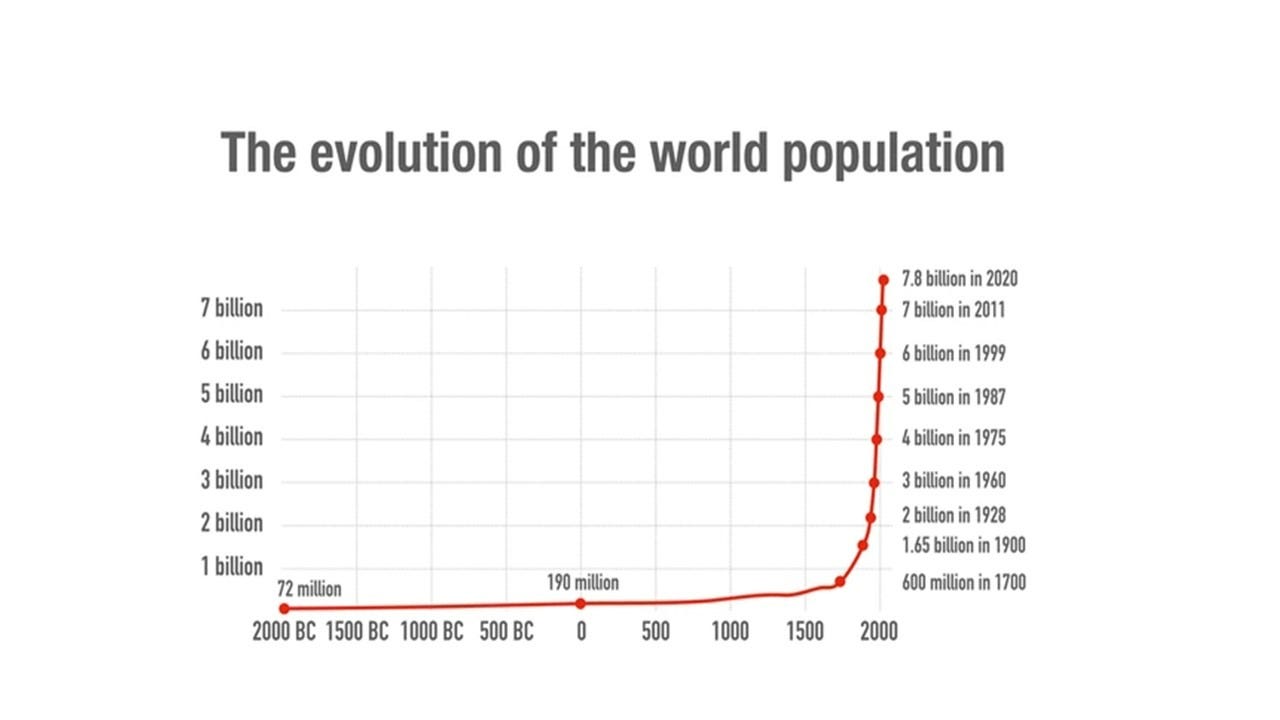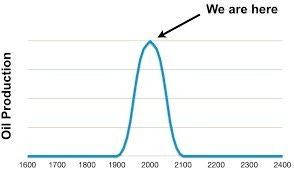Phantom Carrying Capacity
Demographics are destiny
I’ve written before about population expectations in the coming decades. I believe we will have a much lower population in the coming years than do people that predict these things for a living.
The fertility rates in most rich countries have gone well below the replacement rate of 2.1. Partially this is due to environmental factors. According to a recent study, the mean sperm count of the global male population declined by 51.6% between 1973 and 2018. According to the data, global sperm count has been declining at a rate of about 1.16% per year since 1972 but has accelerated to an average decline of 2.64% per year since 2000.
So people can’t have children as easily as they used to.
They also don’t want to.
When countries get rich and more educated, they choose to have fewer children. By 2050 about 5/8 of the world population will live in “net mortality” zones, or places where deaths outnumber births. Also, people have eyes and they can see with each passing year that the world is getting harder to live in. More people will choose not to bring a child into the world. An article in the Economist this week detailed that more people are choosing to remain single and not have children as a lifestyle choice. Throughout history, women often had limited options of when, who and even if to marry. That just isn’t the case anymore.
People of both sexes are increasingly coming to the conclusion that they can have fulfilling lives without a partner. When you add in the existential dread of a degraded future world … well, it is hard to justify predictions of an expanding population.
This means that it will likely be our preference, directed by our individual choices, to shrink as a civilization. That sentiment will rarely be voiced out loud by leaders, but we are making that decision for them with our actions.
We have chosen to shrink. But it will also be chosen for us.
For most of human history, the population stayed very low, well below one billion. Growing populations often fell into the Malthusian trap. The “Malthusian Trap” is a theory developed by 18th Century economist Thomas Malthus, that assumes that improvements in technology would ultimately lead to collapse through an increased population that would overwhelm the resources of any nation.
Malthus often focused on the population as the problem, noting that if the population grew too much, inevitably it would lead to a shortage of resources and food, and famine and catastrophe would result.
To be fair to Malthus, there were a number of developments on the horizon that he couldn’t have guessed would happen. Modern sanitation greatly lowered the average person’s interaction with their own waste, which of course led to generally healthier lives and longer life spans. The sewers in London weren’t built until the late 19th century, well after Malthus. The modern London sewer system was completed by 1875. Other large cities around the world began modernizing their sanitation systems around the same time.
Advances in medicine and nutrition did the same, allowing people to live longer, healthier lives. Fertilizer for agriculture made food more available than it ever was before. In 1918 Fritz Haber developed the Haber process, a method used to produce ammonia from nitrogen gas and hydrogen gas. This invention is important for the large-scale synthesis of fertilizers (and explosives). We literally could get “bread from the air” as the saying goes. It is estimated that a third of annual global food production uses ammonia from the Haber–Bosch process, and that this food supports nearly half the world’s population. Malthus would have called this sorcery if you had told him about the Haber-Bosch process in his day.
Average life expectancy in Malthus’ time topped out at about 44 years. Today, it is nearly 80, almost double what it was when Malthus talked of his trap. All of these developments, and many others, pushed us past the limits that Malthus saw.
But it was the discovery and use of fossil fuels that really turbocharged our development.
Let the pictures do the talking.
The world population exploded right along with fossil fuel use, which made work easier. Machines could do the work of tens, then hundreds, then thousands then millions of men. Fossil fuels helped us get food, medicine, and resources to more people in more places. Mankind could now go to new places and “develop” them. Fuel could get them there, help them cut down all the trees in their way and help develop the land. If the place they settled didn’t support agriculture, then food could be shipped in from far away.
Sure, we used fossil fuels to kill each other too every once and a while, but for the most part fossil fuels pushed the growth of our civilization forward, and allowed us to dream bigger dreams, to use more fuel to do more things, to have more things.
But there is the pesky reality of that third graphic. The one that shows oil production shooting up starting about 100 years ago, peaking about now and settling back down to its historical levels by about the end of the century.
We will reach peak oil because it will keep getting harder to find, and with each passing day more of us realize it is destroying our chance to survive on this planet. For both those reasons; physical limits and societal limits, we will wind down our use of oil in the coming decades.
And then what happens?
What happens to those 8 billion people who couldn’t have existed 200 years ago, but definitely exist now?
There is a conundrum over the horizon, and hardly anyone is talking about it. It’s not polite to say the world can’t support 8 billion people. But if we slowly but surely move away from oil, the world can’t support 8 billion people, can it?
Phantom carrying capacity.
The planet we live on now is operating under a “phantom carrying capacity” due to the use of fossil fuels. The advancements in sanitation, education, nutrition, medicine and other “knowledge advances” that Malthus could never have predicted will be with us as long as there are humans that can pass down that knowledge. But an economy dominated by fossil fuels will not.
Phantom carrying capacity refers to the illusory or precarious ability of an environment to support a population or lifestyle, often relying on non-renewable resources.
In essence, the size of our global population is living on borrowed time.
So Malthus was right - he was just waaaaaaaaaaaaaaaaaaaaaay early.
What it means.
We need to come to grips with the fact that our current way of life is unsustainable. That doesn’t only mean that we should cut back on private jets and conspicuous consumption. It means that 8 billion people on the planet is unsustainable.
We have 8 billion + people on the planet now because non-renewable resources have allowed that to happen. When those resources are used less either because they run out or we choose not to use them, we will find that the actual carrying capacity of Earth may be much lower than expected.
The physical limits to population growth are coming to be realized at the same time that most of the world is realizing that they don’t want, or can’t have a booming population anyway.
A population bust is going to happen. It has probably already started. We as a society would be wise to plan for this. It may seem odd to mention this now is the midst of a housing shortage, but in the coming years we will have a glut of housing- and what happens then? The asset that is the biggest asset for most households - our homes - will face a never ending headwind of a slowly but steadily declining population. In the coming decades there will be no bidding wars on houses, because more will be coming on the market all the time.
Decades from now we will need less food, less water, less housing and less of what we need to keep us alive. On a planet with limited resources, that is not a bad thing. Demographics are leading us to a degrowth world. We should lean into that.
The first step is to talk about this openly not as a bad thing (population decline), but a thing that is happening and will accelerate.
What number are we looking at?
If you are looking for a number of what the true carrying capacity of Earth could be in the not too distant future, you can start with Chris Bystroff, biochemist, and professor at Rensselaer Polytechnic Institute. He is the author of the paper, Footprints to Singularity: A Global Population Model Explains Late 20th Century Slow-down and predicts peak population within ten years. (2021).
In his research, Bystroff does what most demographers don’t, he considers the Earth’s carrying capacity as an upper limit in his models. He considers the sensitivity of the carrying capacity of the earth to ecosystem loss. Historically, population was linked much more to fertility rates to mortality rates, because there were more births than deaths. Bystroff sees that changing, particularly for countries around the equator who will abandon their homes in large numbers to seek more hospitable climates.
Bystroff’s model predicted that the results of the 2020 census would be in the range of 7.2 to 7.6 billion instead of the projected 7.8 billion that was projected when he was writing his paper. I went back and checked and the world population on Jan 1, 2020, was about 7.6 billion. Bystoff’s model predicts that the population will peak or will have peaked, with the peak in the range 2018 to 2023 (80% confidence) and will decline to between 2.1 and 6.6 billion by 2060.
It is likely to continue declining after that point, and where it settles in over the long term is anyone’s guess. Maybe even at somewhere around 1 billion at the beginning of the industrial revolution.
What do you say?






I think your general point is correct, but I have all kinds of quibbles. I believe fertilizers depend on fossil fuels, not "bread from air" so when fossil fuels are gone, so will artificial fertilizers. I've seen things saying the biggies in raising life expectancy were drastically cutting deaths in childbirth, and vaccinations; that someone who made it to age five had nearly the same life expectancy as someone today. I wouldn't count on scientific knowledge lasting forever in whatever unpredictable future lies ahead. And while I think agriculture needs to be drastically changed, mostly returning to the way it was done 200 years ago, some of those scientific advances pertain to agriculture. Possibly we will be able to feed as many as 8 billion people, on a temporary basis until our numbers drop. I also doubt that large numbers of people are genuinely deciding they want to remain single. I think the extremely prevalent mental illness in our culture, being ramped up rapidly by social media and AI, accounts for people voluntarily, or otherwise, staying alone. I even think that in a healthy world, few people would choose to be childless. But ours is not a healthy world and I can understand young people shuddering at the thought of trying to raise a child in it. Finally, there are so many unknowns in this equation--like the possibility of nuclear war dropping human number fairly abruptly to zero, or near zero.
Thanks for the mention! There should be two separate words for carrying capacity (short-term) and carrying capacity (long-term). Most people think there is a fixed carrying capacity and we are somehow exceeding it. A better way to think is that the short-term carrying capacity is exceeding the long-term one. I was a little off in my prediction of the peak time and population. I am working on a new model in which TFR has feedback from natural resources (through.... science!) Knowledge is a wonderful resource. Because of it we will not end in a Malthusian catastrophe. Instead it will be a gradual decline, less steep than the growth curve. By the way, it is knowledge in the hands of women, not men, that is leading to this correction.